What are 5 Acting Techniques Every Actor Should Know?
These five techniques can enhance your skills and versatility
(By Tia McMullen)
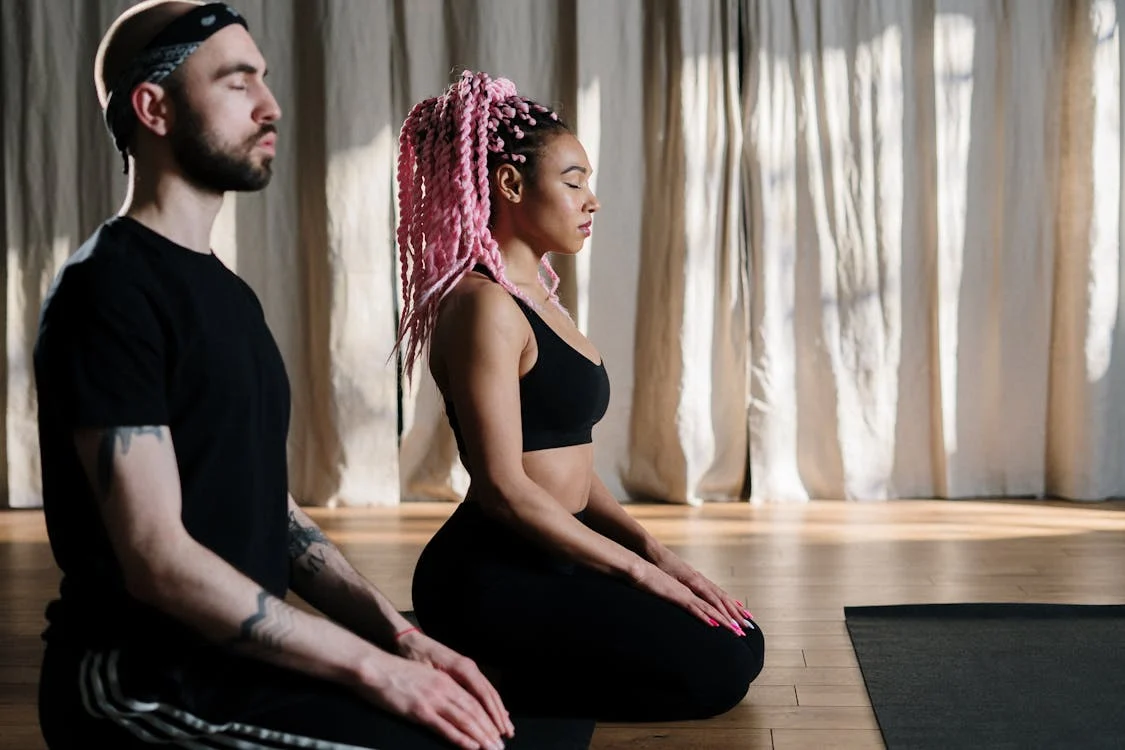 (Photo: Cottonbro Studio | Pexels)
(Photo: Cottonbro Studio | Pexels)
Acting is both an art and a craft, requiring a combination of talent, technique, and emotional intelligence. Over the years, various acting methods and techniques have been developed, each offering actors a unique approach to character development and performance. Whether you’re new to acting or looking to deepen your craft, understanding the following five techniques can enhance your skills and versatility.
Stanislavski’s System
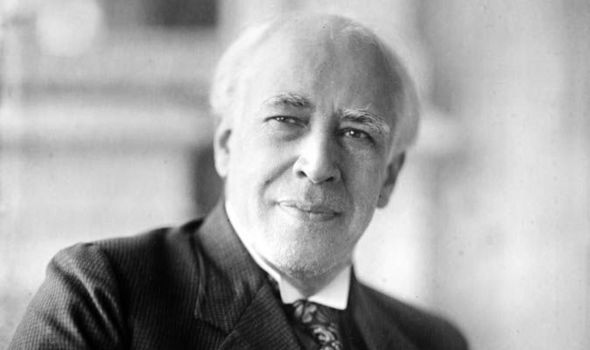
(Konstantin Stanislavski)
Developed by Russian actor and director Konstantin Stanislavski, this technique is considered the foundation of modern acting. The Stanislavski System emphasizes truthful acting, encouraging actors to draw from their own experiences and emotions to create authentic performances. At its core, it focuses on the following key concepts:
Emotional Memory: Drawing from personal experiences and emotions to relate to a character’s situation.
Objectives and Actions: Understanding what a character wants (their objective) and how they attempt to achieve it (their actions).
Subtext: Recognizing the underlying emotions or intentions behind the dialogue.
Stanislavski’s system is the groundwork for many other acting techniques. It encourages actors to live in the moment, focus on the character’s motivations, and understand the given circumstances of a scene.
RELATED: 7 Basic Facts About Konstantin Stanislavski
Meisner Technique
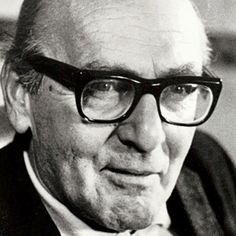
(Sanford Meisner)
Developed by Sanford Meisner, this technique builds upon Stanislavski’s work but places more emphasis on spontaneity and truth in the moment. Meisner believed that acting should be reactive and instinctive, not pre-planned or overly intellectualized. The cornerstone of the Meisner technique is repetition exercises, which train actors to focus entirely on their scene partner and respond truthfully to what they are given.
Key concepts in the Meisner Technique include:
Repetition Exercise: Actors repeat lines to each other, stripping away meaning until they focus solely on their partner’s behavior and the emotions behind it.
Living Truthfully Under Imaginary Circumstances: The goal is to react honestly to the given circumstances, allowing emotions to naturally arise based on what is happening in the scene.
The Meisner Technique is excellent for helping actors remain present and avoid premeditated performances, making it a valuable tool for natural, authentic acting.
Method Acting (Lee Strasberg)

Method Acting, popularized by Lee Strasberg, is perhaps the most well-known acting technique, especially in Hollywood. Based on Stanislavski’s System, Strasberg took it further by encouraging actors to fully immerse themselves in their roles. Method Acting emphasizes emotional connection, with actors often drawing on personal experiences to evoke emotions that align with their characters.
RELATED: What is Method Acting?
Key elements of Method Acting include:
Emotional Memory: Like Stanislavski’s system, actors draw from their own emotional experiences to portray deep, raw emotions on stage or screen.
Sense Memory: Actors recreate physical sensations (such as heat, cold, or hunger) to ground their character in reality.
Substitution: Replacing the fictional circumstances of the character with personal experiences to bring more depth to a performance.
Method Acting is known for producing intense, immersive performances but can be emotionally demanding. It’s a technique favored by many acclaimed actors, including Robert De Niro and Daniel Day-Lewis.
Stella Adler Technique
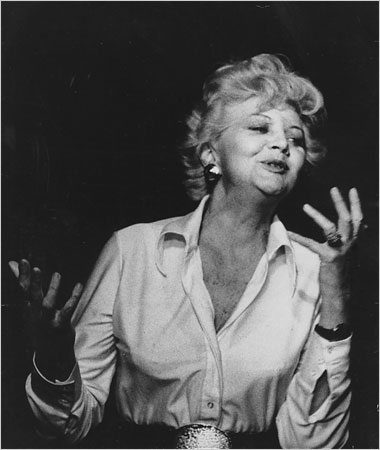
Stella Adler, a disciple of Stanislavski, developed her own method, which emphasizes imagination over emotional memory. While she agreed with Stanislavski’s emphasis on truthful acting, she believed that actors should not rely too heavily on their own personal experiences, as it can limit the scope of their performances. Instead, she encouraged actors to use their imagination to explore characters, environments, and situations that are far removed from their own lives.
Key concepts of the Stella Adler Technique include:
Imagination: Actors are encouraged to create vivid, detailed worlds and circumstances for their characters, drawing from extensive research and imagination.
Given Circumstances: Fully understanding the world of the play or film, including its setting, time period, and the societal rules, to inform the character’s actions.
Physicality: Adler placed great importance on the physical aspects of a character, using the body to express emotion and intention.
This technique is ideal for actors who want to break free from the limitations of their own life experiences and expand their range by diving into the imaginary world of their characters.
Practical Aesthetics
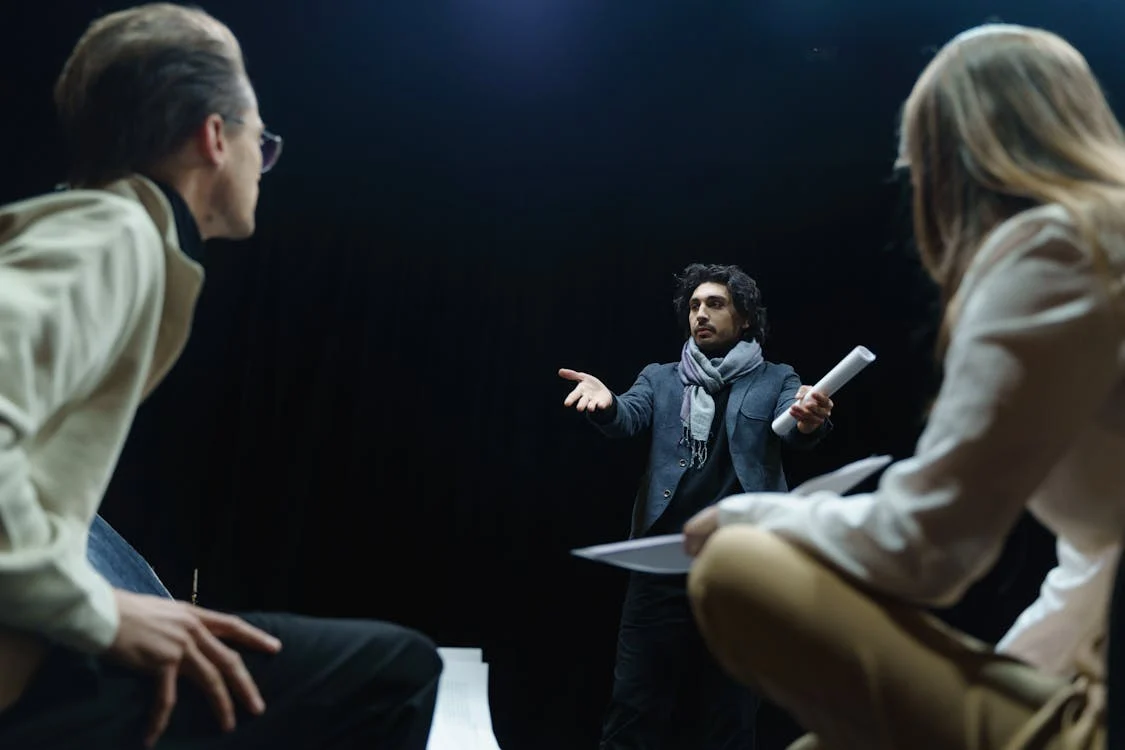
Practical Aesthetics is a straightforward, accessible approach to acting that was co-developed by David Mamet and William H. Macy. This technique aims to demystify the acting process and focus on doing rather than feeling. Instead of drawing on personal experiences or becoming emotionally entangled with the character, actors analyze the script to determine the most effective way to achieve the character’s objective.
The four-step process of Practical Aesthetics includes:
Literal: Understanding the literal meaning of a scene or action.
Want: Determining what the character wants from their scene partner.
Essential Action: Identifying the essential action that propels the character forward.
As If: Applying a personal analogy to help make the essential action relatable without drawing directly on emotional memory.
Practical Aesthetics strips away the emotional weight of acting and focuses on clear, actionable choices, making it a valuable technique for actors who prefer a more intellectual and less emotional approach.
There is no one-size-fits-all approach to acting, and many actors find success by blending different techniques. Whether it’s the emotional depth of Method Acting, the imagination of Stella Adler’s approach, or the spontaneity of the Meisner technique, each method offers unique tools that can enrich an actor’s performance.



